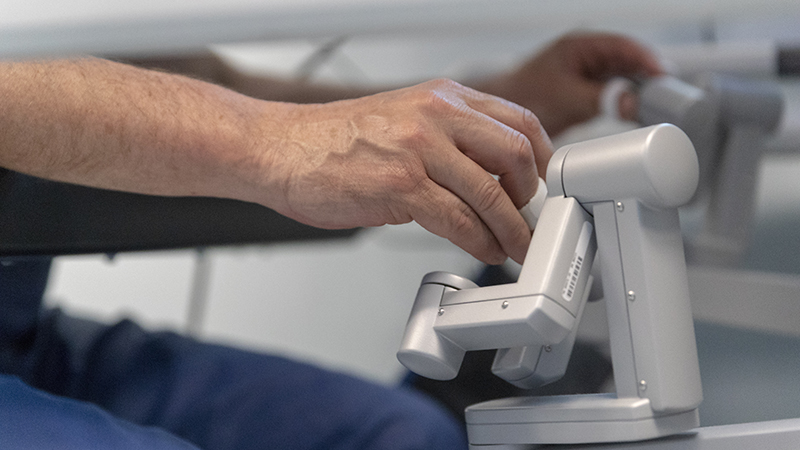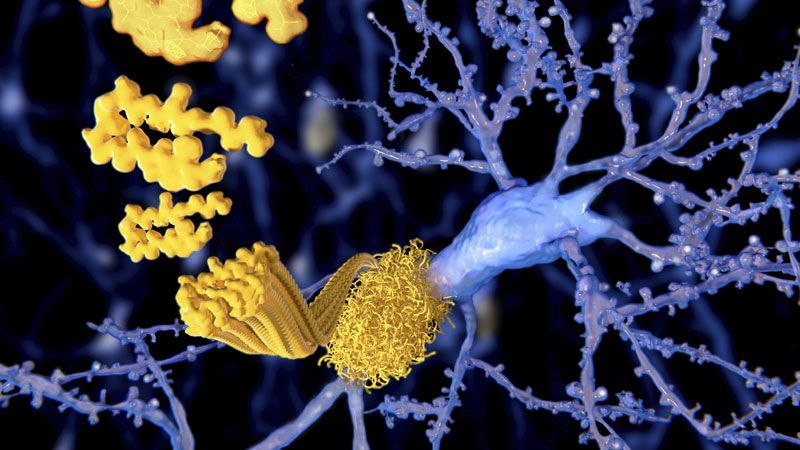A Better Way to Treat Chronic Tendon Pain
Innovative Nonsurgical Procedure Gets Musician Back on Stage
Published July 2024
Geneva Red is a jazz musician and blues singer who has spent the past 30 years traveling across the country doing what she loves — performing.
However, six years ago, she began experiencing terrible pain in her left arm that would radiate through her whole body, making it extremely painful to hold her harmonica and microphone.
Geneva Red received cortisone shots to ease the pain, but the effects were short-lived, and the pain always came back. That's when she decided to visit Northwestern Medicine, where she met with Christopher Hicks, MD, a sports medicine specialist.
"We discovered that she had developed rotator cuff tendinopathy, which is a thickening and weakening of the tendon tissues connecting the muscles and bones in the shoulder. She also had a large calcium deposit in the tendon, which was causing the pain and limiting her range of motion," says Dr. Hicks. "I knew we had a newer treatment option available that I thought would work well for her."
Easing the Pain
Dr. Hicks suggested that Geneva Red undergo a minimally invasive procedure using TenJet technology. TenJet is a needle-like device used to treat chronic tendon pain caused by tendinosis or chronic tendinitis. The device uses a pressurized, high-velocity saline jet to remove diseased tendon tissue, while leaving the healthy tissue intact.
The procedure can be completed in as little as 10 minutes, but it may last longer, depending on the size of the area that is being treated. It starts with a small incision near the affected area through which a probe is inserted. The probe has two parts: one that shoots out the saline solution to clear out the diseased tissue, and another that sucks up the newly created debris.
"I was awake during the entire procedure but didn't feel anything. I was able to watch the procedure, ask questions, talk and joke with Dr. Hicks and all of the nurses in the room," says Geneva Red. "They even played blues music during the procedure, which was really fun and comforting for me."
For several weeks following the TenJet procedure, Geneva Red went to physical therapy and was diligent about doing her exercises at home. After six weeks, she had a follow-up appointment with Dr. Hicks and received a trigger point injection to help with lingering muscular pain that developed in the healing process. Within three months, Geneva Red was completely pain-free and back to full mobility.
"At my follow-up appointment, I gave Dr. Hicks a big hug. I was just so thankful to finally be feeling better," says Geneva Red. "If I had gone in any sooner, this procedure wouldn't have been available to me because it was so new. I'm able to do my trade so much better now because of this treatment — it was a miracle to me!"
"I see patients with chronic pain all the time, and each one is unique," says Dr. Hicks. "By doing our best to understand their pain, why they have that pain and walking through the process with them, we can usually get to a diagnosis and treatment option that helps them feel better and get back their quality of life."
Learn more about nonsurgical treatments for pain.







